10 Best Adventures of 1922
By:
February 15, 2017
Ninety-five years ago, the following 10 adventures — selected from my 100 Best Adventures of the Teens (1914–1923) list — were first serialized or published in book form. They’re my favorite adventures published that year.
Please let me know if I’ve missed any 1922 adventures that you particularly admire. Enjoy!
- Cicely Hamilton’s Theodore Savage (1922). When war breaks out in Europe, British civilization collapses overnight. The ironically named protagonist must learn to survive by his wits in a new Britain. When we first meet Theodore Savage, he is a complacent civil servant, primarily concerned with romancing his girlfriend. During the brief war, in which both sides use population displacement as a terrible strategic weapon, Savage must battle his fellow countrymen. He shacks up with an ignorant young woman in a forest hut — a kind of ironic Garden of Eden, where no one is happy. Eventually, he sets off in search of other survivors… only to discover a primitive society where science and technology have come to be regarded with superstitious awe and terror.Fun fact: Cicely Hamilton was an Anglo-Irish novelist, dramatist, and campaigner for women’s rights who served during WWI with an ambulance unit and at a military hospital in France. Her 1909 treatise Marriage as a Trade is a witty criticism of that institution. Reissued by HiLoBooks, with an Introduction by Gary Panter.
- Edgar Rice Burroughs‘s The Chessmen of Mars. Gahan, king of a small but prosperous Martian city-state, attempts to woo Tara, the spirited daughter of Earth’s John Carter… but she rebuffs him, because he’s un-manly. When Tara’s flier is lost in a Barsoomian storm, Gahan heads out to rescue her. The two are captured by the Kaldanes — super-evolved, emotionless brain-creatures who live in a symbiotic relationship with headless “rykors” — only to be befriended by Ghek, a Kaldane who has reconnected with his emotions… and who proves a fascinating and amusing companion who accompanies them for the remainder of their odyssey. The three wanderers are then captured by the hordes of Manator, who play jetan — a chess-like game in which men fight to the death for possession of the gameboard’s squares. Gahan’s successful battles — and strategic moves — demonstrate his worth to Tara. Fun facts: This is the fifth of Burroughs’s eleven John Carter novels; many readers consider it one of the best installments in the series. The Chessmen of Mars first appeared in serial form in Argosy All Story Weekly in 1922.
- John Buchan‘s Huntingtower. Published between the third and fourth of his tremendous Richard Hannay novels, Huntingtower was a departure for John Buchan. The book’s protagonist is not a soldier-turned-spy, but instead a retired Scottish grocer who joins a quixotic effort to rescue a Russian noblewoman from Bolsheviks. With this novel, Buchan was attempting to take the curse of irony off the word “adventure” — that is, to bring adventure into everyday life. Having sold his grocery business, Dickson McCunn sets out on a hiking trip across Scotland… and meets John Heritage, a modernist poet who McCunn doesn’t respect. However, the two join forces when they discover that an exiled Russian noblewoman has been imprisoned by Bolshevik agents. They assemble an unlikely fighting force — an injured laird and his menservants, a group of street urchins from Glasgow — and sally forth to save a damsel in distress… and to protect Scotland against Russian intrigues. Fun fact: The first of Buchan’s three Dickson McCunn books; the others are Castle Gay (1930) and The House of the Four Winds (1935). Huntingtower was serialized, here at HILOBROW, from January through April 2014.
- Karel Čapek’s Radium Age sci-fi adventure Továrna na absolutno (The Absolute at Large). In the near future, a Czech scientist invents “perfect combustion,” and an industrial concern starts manufacturing an atomic reactor that provides cheap energy — with an unexpected byproduct: the Absolute, the spiritual essence that permeates every particle of matter… or did, anyway, until matter began to be annihilated by the super-efficient Karburetor. As they’re released from imprisoning matter by efficient Karburetors and Molecular Disintegration Dynamos cranked out in the thousands by Ford Motors (the novel’s Czech title means “the factory of the Absolute”) and other manufacturers around the world, God-particles infect humankind with wonder-working powers and ecstatic religious sentiments. What’s more, the Absolute begins operating factories itself, producing far too many finished goods for anyone to consume. As a result, economies collapse, unemployment is universal, and fanatical sects whose -isms (including rationalism, nationalism, and sentimentalism) are religious only in the broadest sense do battle. Every country is drawn into the Greatest War, during which atomic weapons are deployed and civilization collapses. Fun fact: Reissued by Bison Frontiers of Imagination.
- Rafael Sabatini’s Captain Blood: His Odyssey. Peter Blood, an Irish physician who’d formerly been a soldier and sailor, and who has now settled peacefully in southwestern England, wants no part in 1685’s Monmouth Rebellion against King James II; however, he does tend to rebels wounded at the Battle of Sedgemoor. He is arrested, convicted of treason, and sold into slavery on a sugar plantation in the Caribbean. Blood becomes friendly with Arabella, the daughter of his new owner, the governor of England’s colony of Jamaica… who hunts Blood, with the intention of hanging him, when Blood and other convict-slaves escape and become successful Caribbean pirates. When French forces attack Jamaica, will Blood overcome his enmity for England and sail to the colony’s rescue? Fun facts: The novel, which first took the form of stories published in 1920–1921, was very popular; Sabatini was inspired, in part, by the real-life adventures of Henry Pitman. Captain Blood has been adapted as a movie several times, most memorably in 1935; this was to be Errol Flynn’s breakout role.
- E.R. Eddison’s fantasy adventure The Worm Ouroboros. On the planet Mercury — essentially, a fantasy version of Earth — the Lords of Demonland (the brothers Juss, Spitfire, and Goldry Bluszco, and their cousin Brandoch Daha) are at war with King Gorice of Witchland, who demands that Demonland recognize him as overlord. Juss and his brothers reply that they and all of Demonland will submit if the king (a famous wrestler) can defeat Goldry Bluszco in a wrestling match; Gorice is killed. Gorice’s successor, a wizard, banishes Goldry to an enchanted mountain prison. Lord Spitfire is sent back to raise an army out of Demonland, while Lord Juss and Brandoch Daha, aided by King Gaslark of Goblinland, attempt an assault on Carcë, the capital of the Witches, where they think Goldry is held. Juss and Brandoch Daha are captured — will La Fireez, the prince of Pixyland, come to their aid? Many more adventures lie ahead… but when the exploits and battles are over, everything returns to exactly the way it was. Fun facts: J.R.R. Tolkien and C.S. Lewis were fans of Eddison’s novel — the title of which refers to the Norse myth of a dragon swallowing its own tail. Like the worm Ouroboros, Eddison’s tale ends where it begins.
- F. Scott Fitzgerald‘s frontier adventure The Diamond as Big as the Ritz. The summer after his sophomore year at a Boston boarding school, John T. Unger travels to Montana to his reticent friend Percy Washington’s home in a remote corner of Montana. He soon learns that Percy’s grandfather, a slave-owning cattle rancher, had discovered an enormous diamond on his land; after chipping off a few million dollars’ worth of it, he’d created a family compound entirely cut off from the outside world. Inside it, the descendants of the grandfather’s slaves believed that the South had won the Civil War — and that slavery remains the law. Airplanes that stray over the property are shot down; the pilots are kept in a dungeon. John falls in love with Percy’s beautiful sister, Kismine, who is completely out of touch with reality. Will he escape with his life — and riches? This is the closest that Fitzgerald ever came to writing Radium Age science fiction. Fun facts: The novella was first published in The Smart Set magazine, and was included in Fitzgerald’s 1922 story collection Tales of the Jazz Age. It was adapted as a radio play by Orson Welles in 1945, and it influenced William Pène du Bois’s 1947 children’s adventure The Twenty-One Balloons. One wonders if it also might have influenced Jordan Peele’s 2017 horror movie Get Out?
- Agatha Christie’s crime adventure The Secret Adversary. In 1919 London, demobilized soldier Tommy Beresford and war volunteer Prudence “Tuppence” Cowley decide to start their own business as The Young Adventurers Ltd. Hired by an American millionaire in search of his cousin, a woman who survived the 1915 sinking of the RMS Lusitania but who has since vanished, Tommy and Tuppence meet Mr Carter, who’d been a leader in British intelligence; he warns them of the elusive and merciless figure known as Mr. Brown. Tommy tails a suspect to a meeting of Bolshevist conspirators, where he is caught. Tuppence discovers that the missing woman has lost her memory… and that she’d been entrusted with a treaty whose exposure could prove disastrous to England! It’s all very Gothic: there are poisonings, double-crosses, and proposals of marriage. Fun facts: Agatha Christie’s second published detective novel introduced the characters of Tommy and Tuppence, who would feature in three other Christie novels and one collection of short stories.
- Hugh Lofting’s fantasy adventure The Voyages of Doctor Dolittle. When Tommy Stubbins, the narrator of the story, finds an injured squirrel, he winds up at the home office of animal-whispering veterinarian Doctor Dolittle. Polynesia, Dolittle’s parrot companion, teaches Tommy the animal language. Learning that Long Arrow, a naturalist friend of the Doctor’s, is missing, Dolittle and Tommy, accompanied by Polynesia and assorted human and animal crew members (including a cat’s meat man, Luke the Hermit, the chimp Chee-Chee, and an African native named Bumpo), set sail in The Curlew. The crew visits Spain, where they end the practice of bullfighting; the boat is wrecked; they rescue Long Arrow from inside Hawk’s Head Mountain; they battle the Bag-jagderags; Dolittle becomes a king; and they befriend an enormous Pink Sea Snail, inside the shell of which they sail home. Fun facts: The second Doctor Dolittle book is five times as long as its predecessor (The Story of Doctor Dolittle, 1920) and the writing style is pitched at a more mature audience. It won the Newbery Medal for 1923. Alas, there are racist depictions of African natives; later editions would be bowdlerized.
- A.A. Milne’s sardonic crime adventure The Red House Mystery. While visiting the Red House, a comfortable residence in the placid English countryside, Tony Gillingham and his rather dim-witted friend, Bill Beverley, investigate the disappearance of their host, Mark Ablett, and its connection with a shooting. Was the victim, the host’s ne’er-do-well brother, shot in an act of self-defense? Or murder? More of a why-and-howdunnit than a whodunnit, The Red House Mystery features secret passageways, underwater evidence, and other atmospheric gimmicks which put Gillingham and Beverley through their paces. It’s been suggested that Milne, writing at the outset of the Golden Age of Detective Fiction, was having fun with the genre’s conventions. Gillingham is not a detective — not even an amateur detective. Instead, he’s a Bertie Wooster type who stumbles upon a perplexing crime. Fun fact: Alexander Woollcott called this “one of the three best mystery stories of all time”; Raymond Chandler strongly disagreed. Milne would go on to write the popular children’s books and poetry collections When We Were Very Young (1924), Winnie-the-Pooh (1926), Now We Are Six (1927), and The House at Pooh Corner (1928) — all illustrated by E. H. Shepard.
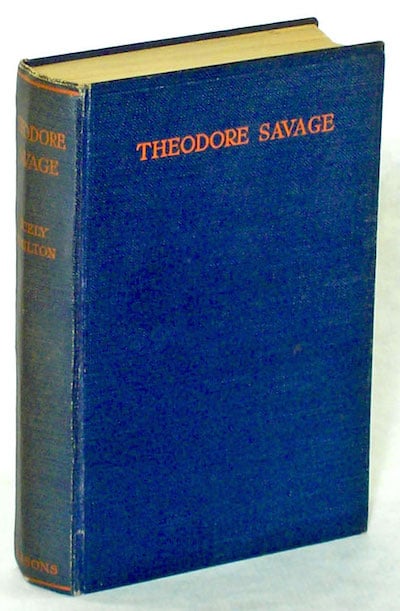
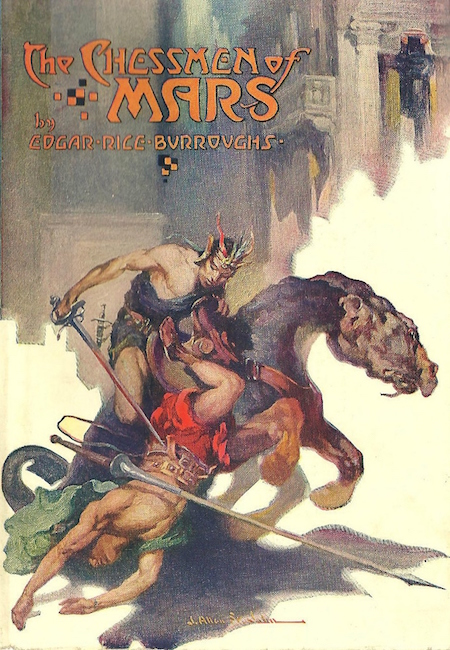
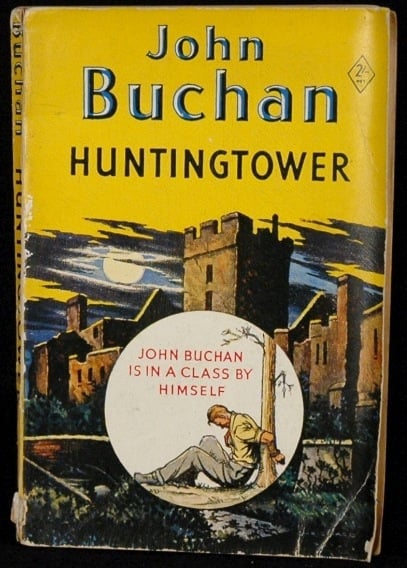
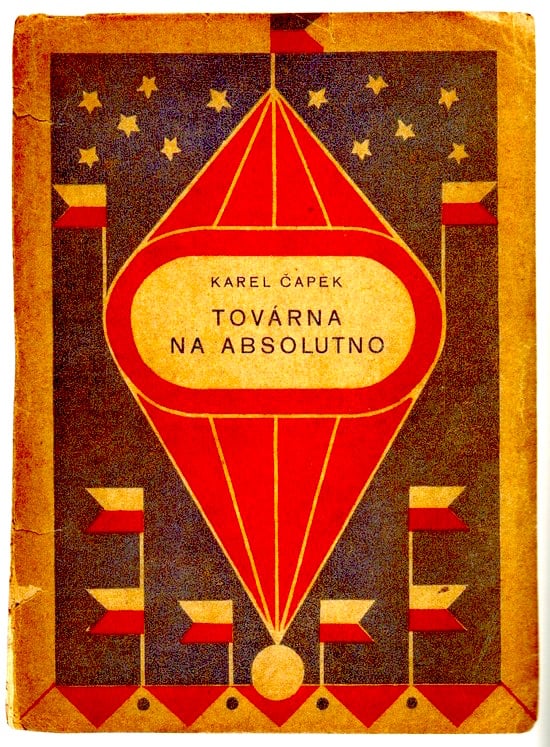

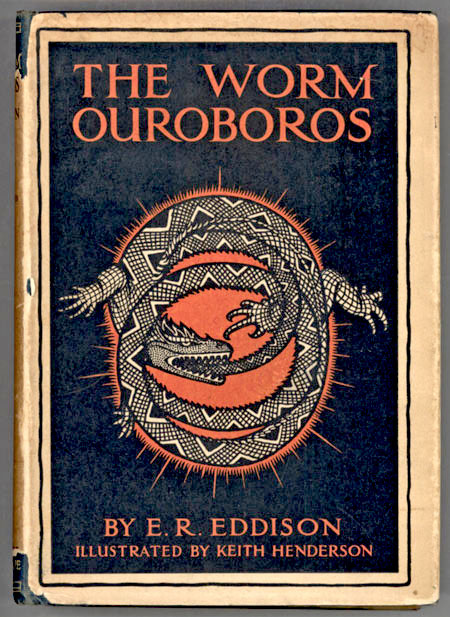
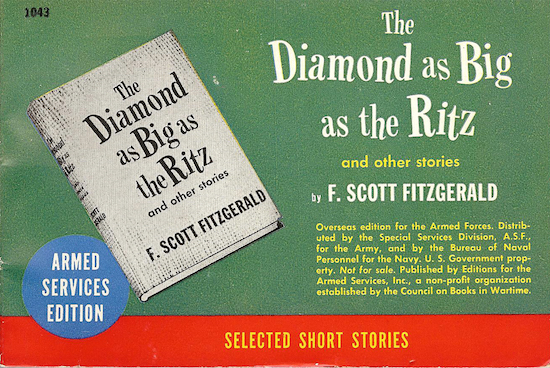
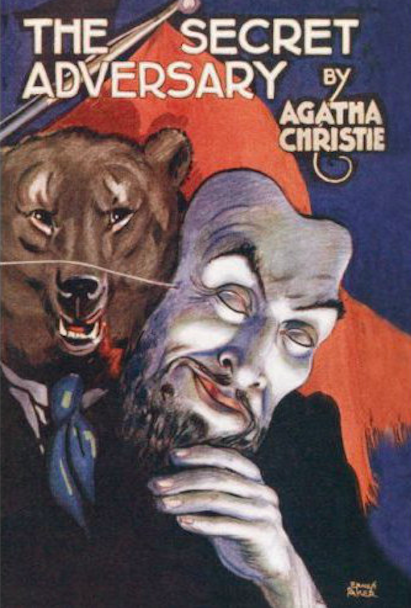
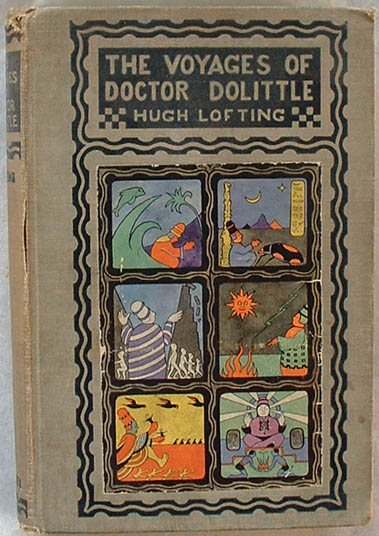
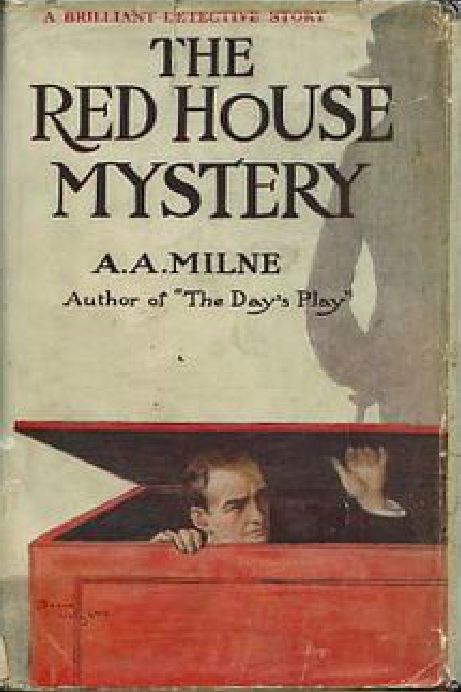
JOSH GLENN’S *BEST ADVENTURES* LISTS: BEST 250 ADVENTURES OF THE 20TH CENTURY | 100 BEST OUGHTS ADVENTURES | 100 BEST RADIUM AGE (PROTO-)SCI-FI ADVENTURES | 100 BEST TEENS ADVENTURES | 100 BEST TWENTIES ADVENTURES | 100 BEST THIRTIES ADVENTURES | 75 BEST GOLDEN AGE SCI-FI ADVENTURES | 100 BEST FORTIES ADVENTURES | 100 BEST FIFTIES ADVENTURES | 100 BEST SIXTIES ADVENTURES | 75 BEST NEW WAVE SCI FI ADVENTURES | 100 BEST SEVENTIES ADVENTURES | 100 BEST EIGHTIES ADVENTURES | 75 BEST DIAMOND AGE SCI-FI ADVENTURES | 100 BEST NINETIES ADVENTURES (in progress) | 1994 | 1995 | 1996 | 1997 | 1998 | 1999 | 2000 | 2001 | 2002 | 2003 | NOTES ON 21st-CENTURY ADVENTURES.
